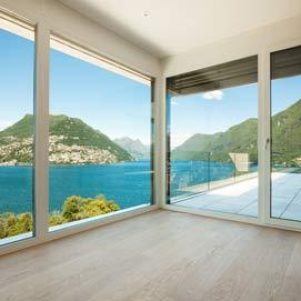The Horizontal Property Law (hereafter, HPL) and the Spanish Civil Code govern the horizontal property regime in Spain. Exceptionally, Chapter III, Part Five of the Civil Code of Catalonia provides for a specific autonomous regulation in Catalonia.
What does the horizontal property regime regulate?
Initially, the horizontal property regime regulated the relations between the different property owners of flats and premises in buildings.
The evolution of the urban situation has extended its scope of application to include housing developments whose ownership is divided (Art. 2 HPL).
In practice, the constitution of a horizontal property regime involves the creation of a condominium owners association (hereafter COA), comunidad de propietarios.
Why are horizontal property regimes created?
The creation of COAs aims to guarantee the peaceful use of the shared units in a joint ownership regime, considering, for example, the division of most of the joint expenses.
Furthermore, to guarantee the rights of the groups of owners and association, the horizontal property regime delimits the rights to use and enjoyment of the private units.
Requirements to establish a horizontal property regime
The establishment of a horizontal property regime requires three elements:
- A real property
- divided into different private units
- that share common elements.
Case law recognizes the creation of horizontal property regimes before the construction of the property itself, when it was under construction, or with a single owner (but with an effective division of the property into different private units). In these scenarios, it is common to speak of a pre-horizontal regime.
For a horizontal property regime to be fully constituted, the different owners must sign a master title through a public deed of horizontal division, registered in the corresponding Land Registry.
This title must contain:
- A detailed description of the real estate property
- A description of each private unit and the participation quota corresponding to each private unit
- Other elements, such as rules governing the exercise of the condominium owners’ rights, provided they are not contrary to the law (Art. 5 HPL).
Factors conditioning the horizontal property regime
Regarding the functioning of a condominium owners association, four key factors stand out:
- The law: under no circumstances a horizontal property regime can be governed by rules that are contrary to the law
- A master deed: this constitutive deed may include rules relating to the constitution of the regime or the exercise of rights of the different owners
- Governing bodies of the Condominium owners Association: the Board of Community Owners, the president, and, where applicable, the vice-presidents, the secretary and the administrator (Art. 13 HPL)
- Internal rules: where applicable, these regulations will be enforceable against all owners of the referred property (Art. 6 HPL).
How does the horizontal property regime work?
Once created, the COA will assume the responsibility of managing the joint ownership through its different governing bodies.
As a primary obligation, it will annually approve its budgets and accounts at a meeting of the Board of owners.
The Board could also meet voluntarily to deal with other issues relevant to the administration of the community of owners. For example, works in the common areas or amendments to the internal rules of the COA (Art.16 HPL).
Depending on the type of decision, it may or may not be necessary to convene the meeting of the Board of the COA. Should the decision require approval by part of the Board, the type of vote (unanimity, majority, etc.) will depend on the purpose of the decision (Art. 17 HPL).
Obligations for the owners
Article 9 of the HPL sets forth the following obligations for the joint owners:
- Carefully use and not negatively affect the common areas, whether for general or private use
- Maintain private units in good condition so as not to affect the community and to grant access and the execution of repairs, installations or easements required by the real estate property
- Participate in the expenses of the COA and the endowment of the COA’s reserve fund according to the participation quota as especially determined or established in the constitutive title
- Communicate to the secretary of the COA the address and changes of ownership for communication purposes
- Assume the consequences of any infringement and any damage caused within the scope of the COA relations.
In addition to these legal obligations, each homeowners association may adopt by its constitutive title, the internal regulations or a resolution of the Board of the COA, other enforceable obligations against all owners.
Lauriane Moreira
If you require additional information regarding the horizontal property regime in Spain,





